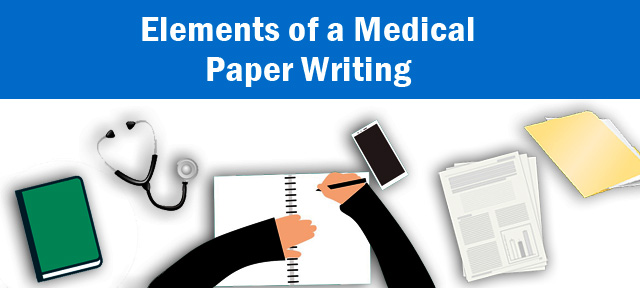The basic structure of a typical research paper is the Introduction, Methods, Results, and Discussion sequence. This structure will be useful for regulatory writing services.

What are the various sections in Medical Paper?
Introduction
Use the introduction to demonstrate that you are well-versed in your area of study and current studies. The introduction should contain a review of the subject’s current research, research issue, hypothesis, thesis statement, an overview of the sector, the current situation, or current procedure.
Methods
Demonstrate that you arrived at your conclusions using fair and trustworthy methods. Describe what you did, testing, and professional involvement. The methodology should explain how you arrived at your conclusions.
Results
Results should take up a significant portion of your thesis. Organize, define, analyze, and categorize. Describe and interpret differences between various studies, Review and assess.
Discussion
Summarise your key results, comment on them. Address the study’s weaknesses and use them as justifications for suggesting potential studies.
What are the Guidelines of Medical Paper?
Make a thesis statement
A successful thesis statement condenses the whole argument into one or two sentences. This is the central claim, the one that the entire study backs up. All in your work should support and substantiate your main argument.
Perform your research
Once you have decided on a subject for your research, you can begin gathering and analyzing data from different sources. Use knowledge from reputable sources. Double-check your data sources: research articles from scientific databases, books from your library or Google Books, government papers, and websites. When taking notes, always write down the source, page number, and author of the quotes so you don’t have to go back and look up where you got the information. It is critical to jot down anything important and useful you come across while researching your subject.
Revision
Reread your draft many times. The final draft should be consistent. Correct the errors and rewrite the sentences that are not good enough. If you are not sure about your spelling or punctuation, use a grammar checker like Grammarly, which will highlight misspelled words and commas. A competent team of experts will improve your piece significantly by editing and polishing it or even writing a research paper from scratch. Each sentence can only express one thought.
Complete and Submit Your Project
It is a good idea to reread your paper after editing to make sure everything is in order. If you have some time before the deadline, set your work aside and come back to it later. Make sure you meet the word count and formatting specifications before printing or emailing your file. Look for any mistakes in the content or the grammar. Verify that the facts and quotes are accurate. Examine the cited references.
Conclusion
To assist researchers in presenting their proposals, the IMRaD format is succinct and professional. Scientific journals promote objective and repeatable research by providing a consistent internal framework. You must read well-written articles to be a good writer. Simplicity and consistency are the keys to effective writing. Avoid lack of clarification. Repetition, Using a lot of words (using more words than needed).

